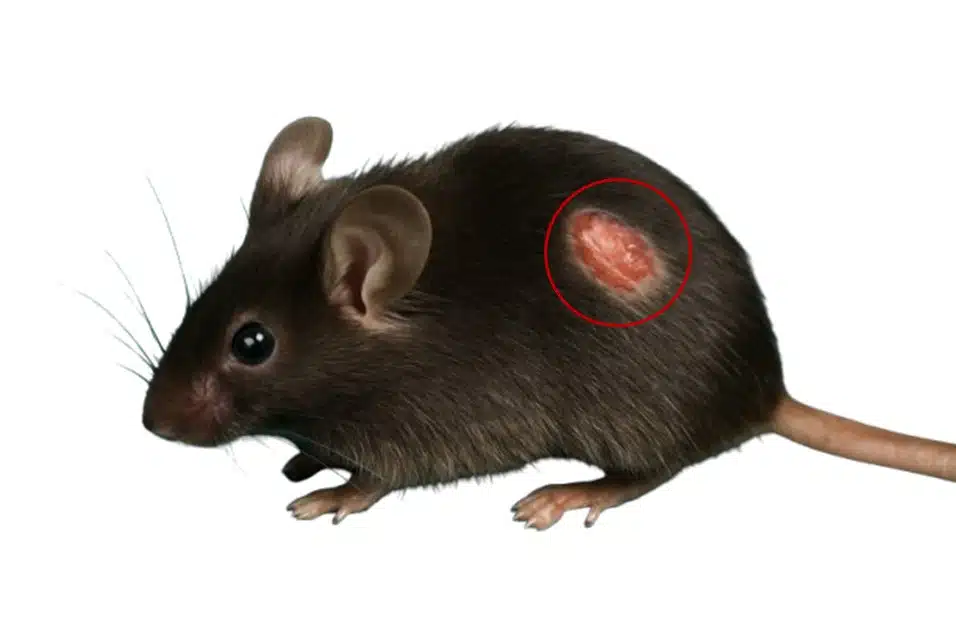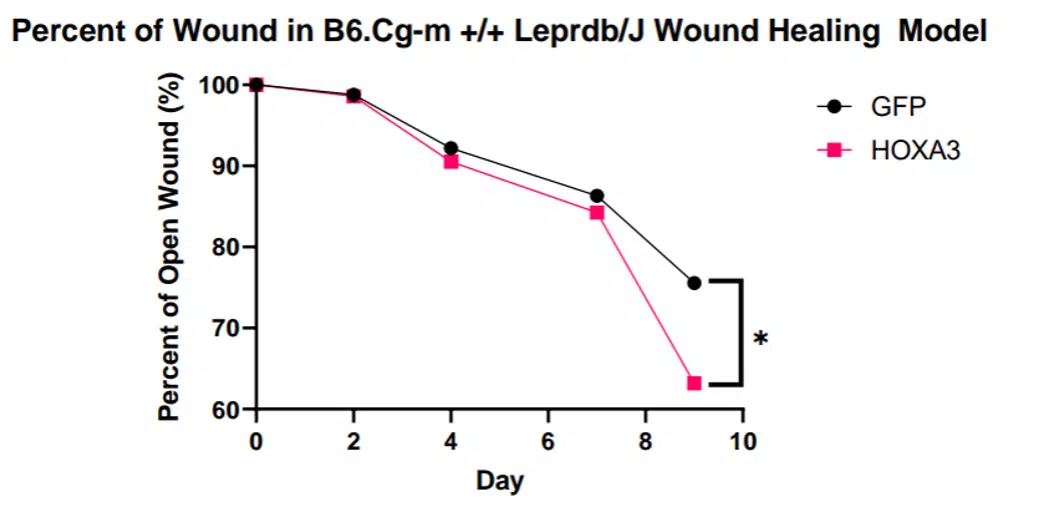
Our preclinical wound healing models provide reliable and valuable information about the highly coordinated process of tissue repair, scarring, and regeneration. We tailor specialized wound healing rodent models to support both discovery and translational research programs to support your program at any stage of development.
Standard wound healing studies
Full evaluation of wound initiation, inflammation, fibrosis, neovascularization, granulation, re-epithelialization and closure. Detailed analysis of critical processes including hyperkeratosis and acanthosis.
Diabetic wound healing
Impaired circulation in diabetic animals dramatically affects wound healing kinetics. Large wound modeling offers mechanistic insight into relevant human pathologies with significant unmet clinical need and severe clinical burden.
Advanced histological analysis
H&E, picrosirius red, and Masson's trichrome offer unparalleled insight into the intricacies of the wound healing process as well as the mechanism of action of your therapy. Coupled to expert pathologist analysis and quantitation metrics, histology drives endpoint analysis in rodent wound healing modeling.
Imaging and digital planimetry
High-resolution wound tracking imaging and caliper measurements generate complimentary datasets that describe the multifaceted nature of wound repair. Downstream quantitation of these wounds using proprietary software takes wound healing data to the next level.
Customizable study design
While we are highly confident in our standardized wound healing models, we readily adapt to any customizations necessary to directly attack the critical features of your drug development pipeline.
Full pathology reporting
In addition to standalone standard numeric histopathological scoring, we also offer full pathology reporting. A blinded Board-certified veterinary pathologist will curate your dataset with statistical analysis, annotated representative micrographs, as well as a detailed clinical impression.
Your Results Await

Our mouse model provides reproducible data on closure kinetics and detailed tissue remodeling characterization. Large unsplinted wounds and small splinted wound models are available to imitate different aspects of human wound healing dynamics. Representative studies conducted in this model demonstrate clear improvements in wound closure over time, with treated groups showing accelerated healing compared to controls. Have confidence that our wound healing models are capable of showing desired measurable changes.
Facilities and Animal Welfare

Our vivarium is USDA-certified and AAALAC accredited. Our IACUC supports rapid protocol review to initiate your study quickly and efficiently, while being sure to maintain animal welfare as highest priority.
Frequently Asked Questions
Answers to some of the most common questions about preclinical wound healing research service offerings.
We provide standard mouse wound healing models and specialized diabetic wound healing animal models. We can generate small 6mm punch biopsy wounds and large excisional 2.5cm wounds. We are adept at onboarding novel and customized models if needed!
Yes. All protocols are flexible and tailored to compound class, dosing strategy, and study goals.
Absolutely. We deliver comprehensive histopathology, immunohistochemistry, and biomarker readouts for your key mechanistic insights.
Our validated platforms replicate key aspects of human wound healing and diabetic pathology, ensuring clinical relevance. Our wound healing expertise has positioned key assets towards the clinic, highlighting our ability to extract critical information from preclinical rodent wound healing models.